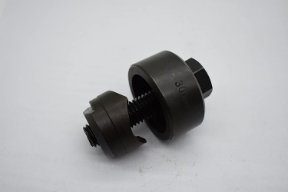Phil23
Senior Member
- Joined
- Jul 29, 2013
- Messages
- 207
- Location
- Russell NZ
- Vessel Name
- MV Unique
- Vessel Make
- Salthouse Coastal 35
I need to drill a 30mm hole through a 4mm plate without the result looking like a beaver had a go at it. Tungsten Carbide or Titanium tipped/coated saws, wil either do it or is one better than the other. Cheers



